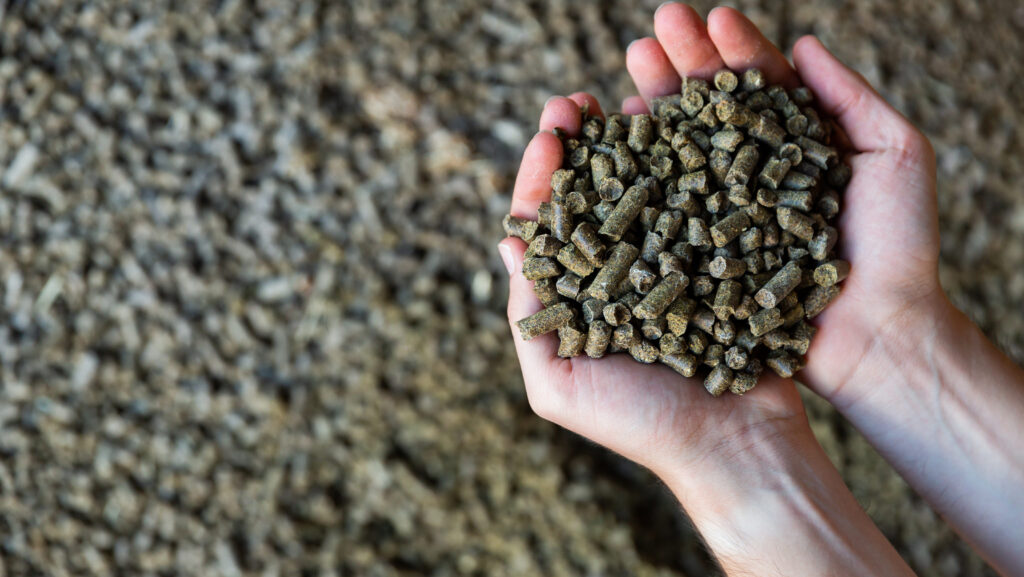Rapeseed meal heads above £300/t as soy rules loom
 © Adobe Stock
© Adobe Stock Farmers and traders are facing rising rapeseed meal prices as two pieces of legislation affecting soya sourcing in the EU and UK loom on the horizon.
Soya has become impossible to price into 2025, creating a headache for traders, and rapeseed meal has lifted £25-£30/t in the past two months.
See also: Rapeseed meal could give pig finishers more flexibility
Prices for rapeseed meal delivered in 20t quantities were around £308/t before the bank holiday.
The Agricultural Industries Confederation (AIC) gave the following summary of the two acts:
- EU Deforestation Regulation (EUDR) Businesses must undertake due diligence and evidence traceability for non-deforested product for sale on the EU market. Due to come into force on 30 December 2024.
- UK Forest Risk Commodity Regulation (UKFRC) Businesses must submit an annual compliance report for relevant products, such as soya. The AIC predicts no immediate availability impact on commodities as a result. The earliest this could come into force is February 2025, Farmers Weekly understands.
Both acts call on businesses to undertake due diligence to show products have not been taken from recently deforested land.
Palm kernel expellers and soya hulls are other feedstuffs affected.
No futures price
The EUDR is highest on the agenda because of the limited crushing infrastructure in the UK and its dependence on the EU for crushing soya and rapeseed.
Ensuring compliant soya is segregated will mean extra cost, labour, paperwork and logistics, said Tim Styles, chief commercial officer at the co-operative Fram Farmers.
“Different soya with different certifications could effectively become a different commodity,” he told Farmers Weekly.
“At the moment, there is so much unknown as to how the supply chain will react.”
He said the impending legislative changes had exposed farmers to the recent rise in soya prices.
“Soya is above the £400/t mark now, and the cost challenge farmers and feed mills are facing is that when it was trading at £350/t (ex-port) in March, people could not get cover on it. There was no easy way to mitigate the risk.
“In a sector lacking in investment and coping with the volatility of agriculture, there isn’t much give in the system for this.
“Many compounders and feed mills don’t have the infrastructure in place for another raw material overnight.
“The stance of the supermarkets on how important the certification of non-deforested soya is could be a big factor in how this plays out.
“However, lack of UK government guidance and legislation leaves a strong level of ambiguity overhanging any potential progress.”
Replacing soya
Pig and poultry sectors and compounders will be most affected by soya market changes as many dairy diets are now soya-free, said feed advisers.
Jerry Trowbridge, feed adviser of Lakeland Scottish, said rapeseed meal will be the primary contender to replace soya in dairy diets.
“I have never known traders quite so nervous as they are now,” said Mr Trowbridge. “This is because it’s a very uncertain time, and no market likes uncertainty.”
Deciding on the most cost-effective protein source would depend on what basis the feeds were evaluated and the market position at the time, he added, listing the following factors to be aware of:
- Soya meal can be as high as 48% crude protein (CP), while rape can be 32%
- Soya’s metabolisable energy (ME) is 13.8, while rape is lower at about 12ME
- If artificial sources of methionine and lysine can be obtained, the amount of overall protein in a dairy ration can be cut from 17.5-18% to 15-16% CP.
“Diets will need to be balanced for energy as replacing soya with rapeseed meal will see energy levels drop on a kg of dry matter basis,” said Mr Trowbridge.
“On a cost per kilo of crude protein basis, rapeseed meal very rarely stacks up, but it depends what your limiting factors are, and if it’s on metabolisable methionine and lysine.
“Then rapeseed may be the most cost-effective option.”
